Have you ever noticed small, rough, dry bumps on your skin that resemble plucked chicken skin?
If so, you may be dealing with keratosis pilaris, a common yet often unrecognized skin condition.
Many people refer to it as “chicken skin” because of its distinctive appearance.
Keratosis pilaris typically appears in areas of the body with hair follicles, such as the upper arms and thighs (most common), and sometimes on the forearms and lower legs. However, it never occurs on the palms of the hands or the soles of the feet.
These bumps are usually:
- Not painful
- Sometimes itchy or irritated
- Rough to the touch, like sandpaper
- Flesh-colored, white, pink, brown, or black—depending on your skin tone
This condition is more common in:
- Children and teenagers
- Women
- People with dry skin, eczema, allergies (like rhinitis), or obesity
What Causes It?
Keratosis pilaris is caused by a buildup of keratin—a protective protein in the skin—that clogs the pores, forming tiny bumps. The exact cause isn’t fully understood, but genetics and sensitive skin conditions, such as eczema, are believed to play a significant role.
How to Care for It
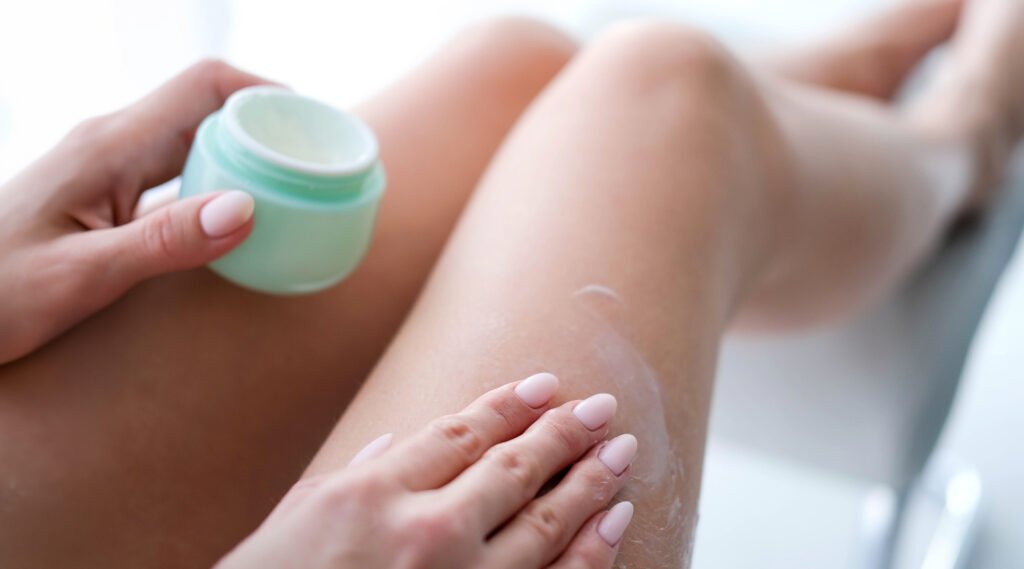
While there is no permanent cure, a consistent skincare routine can improve the skin’s appearance and texture. Here are some helpful tips:
- Take warm (not hot) showers
Warm water helps open pores, but avoid staying too long, as excessive washing can dry out the skin. - Gently exfoliate daily
Use a mild scrub or chemical exfoliant, such as AHA (alpha-hydroxy acids), to gently remove dead skin cells. - Moisturize with products containing urea or lactic acid.
These ingredients hydrate dry skin and promote skin cell turnover. - Avoid tight clothing
Tight garments can cause friction and irritate the bumpy skin. - Use a humidifier
Especially in air-conditioned or dry environments, it is essential to maintain skin hydration. - Try targeted skincare products.
Products like wund+™ Regeneration Cream support skin regeneration, improve texture, and soothe irritation.
Will It Ever Go Away?
The good news is that keratosis pilaris often improves with age and may resolve on its own after the age of 30.
However, maintaining a consistent skincare routine can help keep your skin healthy, smooth, and comfortable at any age.
References
Cleveland Clinic. Accessed in 2025. Keratosis Pilaris.
Healthline. Accessed in 2025. Understanding Keratosis Pilaris (Chicken Skin)
Healthdirect. Accessed in 2025. Keratosis pilaris.







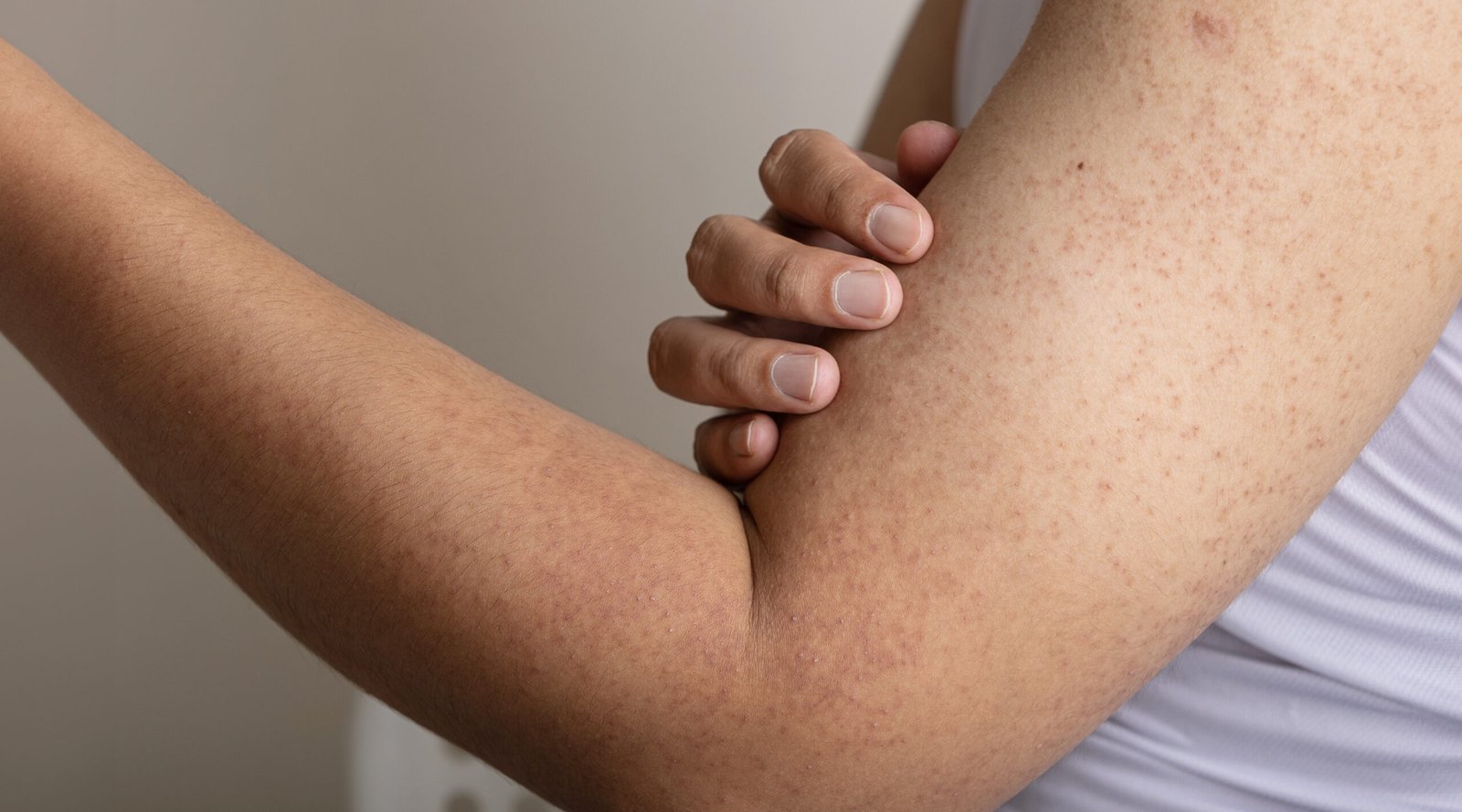


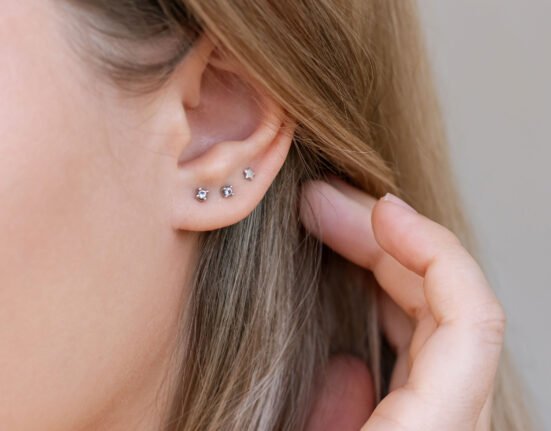
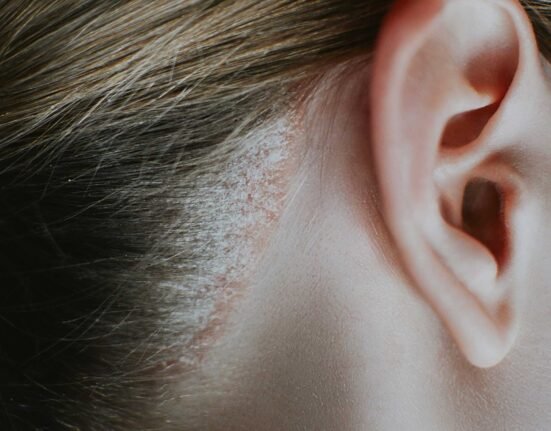
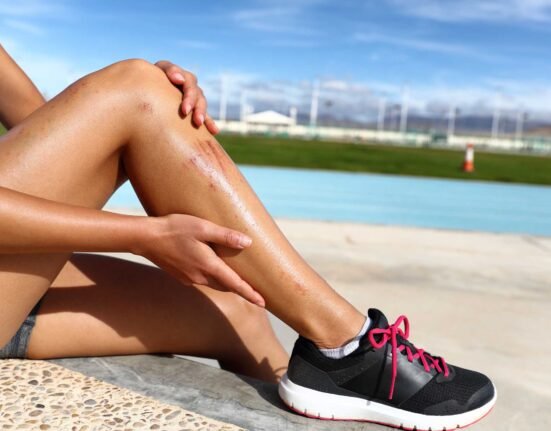

Leave feedback about this